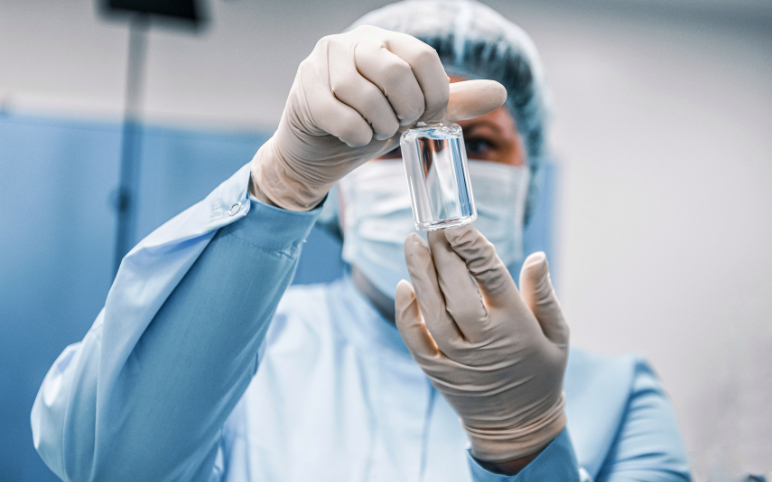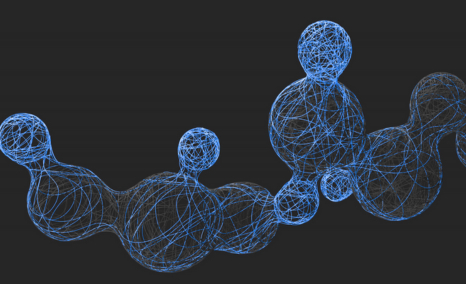Hyperuricemia is a pathological condition occurring due to excess of uric acid in blood (serum uric acid level > 7.0 mg/dL in adult men and > 5.7 mg/dL in adult women). Hyperuricemia occurs when body either produces too much uric acid or is unable to excrete enough of it. It leads to formation of crystals which tend to form in and around the joints and kidneys. Unlike allantoin, the more soluble end product of purine metabolism in lower animals, uric acid is a poorly soluble end product of purine metabolism in humans. Human beings have higher levels of uric acid, in part, because of a deficiency of the hepatic enzyme uricase, and a lower fractional excretion of uric acid. Approximately two thirds of total body urate is produced endogenously, while the remaining one third is accounted for by dietary purines. Urate is freely filtered at the glomerulus, reabsorbed, secreted, and then again reabsorbed in the proximal tubule.
Around 10% of cases of hyperuricemia are caused by diseases such as myeloproliferative disorders, some lymphomas, and exfoliative psoriasis lead to overproduction of uric acid; genetic errors like deficient hypoxanthineguanine phosphoribosyl transferase and the rare, but potentially catastrophic, tumor lysis syndrome. Renal insufficiency of any cause, or medications that impair renal urate clearance account for round 90% of the cases with hyperuricemia.
Elevated uric acid levels is closely associated with gout due to the deposition of monosodium urate crystals in peripheral joints and soft tissues. Hyperuricemia has also been reported as an independent risk factor for coronary heart disease, the metabolic syndrome, diabetes, and stroke.
At present there is 5 approved treatment for this indication i.e. Duzallo (lesinurad and allopurinol), Zurampic (lesinurad), Uloric (febuxostat) and Milurit (allopurinol). Out of these Allopurinol has generics at present which holds the major market part. Hebei Medical University is conducting phase III trials to test the hypothesis that prednisone is superior over allopurinol in renal function improvement in heart failure patients with hyperuricemia. TWi Biotechnology, Inc. was awarded with U.S. patent in 2014 for AC-201 which is effective in treating hyperuricemia. Similar research and development activities will add more products to the market and expand its reach globally. Lesser competition and wide scope for research and development activities have made the market more attractive.
DelveInsight projected that there are many prospective drugs in pipeline that can enter the market from 2022 onwards with the entry of Verinurad (RDEA-3170) that is estimated to pose a greater threat to current marketed drugs. Later in year 2023 three drugs such as URC102, RDEA-3170, SHR4640, SEL-212 and TMX129 are also anticipated to enter the market that can alter the entire market scenario.



